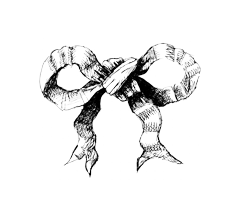Care & aging of ceramic, enamel earthenware
Care instructions
Our pieces are made entirely of earthenware. Thanks to low‑temperature firing, our ceramics are strong and durable. We recommend washing by hand with soapy water and our eco-sponge to preserve their quality and shine. They can be put in the dishwasher occasionally, but frequent dishwashing may accelerate the natural aging of earthenware. For more stubborn stains, such as coffee or tea that can sometimes settle, a mixture of baking soda and water works very well. Mix one spoonful of baking soda with a little water to make a paste, apply it to the marks, then gently rub with our eco‑sponge before rinsing and drying. Avoid metal or very abrasive sponges, which can scratch the glaze, as well as bleach, which is too harsh for regular use and unnecessary here.
Aging of earthenware
Small cracks, or micro-cracks, which you can possibly observe on the surface of the objects constitute a characteristic specific to the earthenware, related to its aging. This phenomenon can appear quickly, or after many years. Earthenware, like wood, is sensitive to temperature differences and does not tolerate thermal shock. You can of course use your mugs for tea or coffee, knowing that the water for a tea is rather around 70°. Our ceramics must never be placed over direct heat.
Black traces, lines on ceramic plates
Depending on the quality of your knife blades, marks may appear on the plate surface. This comes from the steel itself: a very high‑quality blade leaves nothing, while a softer alloy can leave a slight residue on the glaze when cutting. These marks are not due to the quality of our glaze and can be cleaned with an appropriate product. We use our tableware daily and do not encounter this issue, so we likely have knives with a good alloy. Clean as described in the first paragraph above for treating more stubborn stains.




